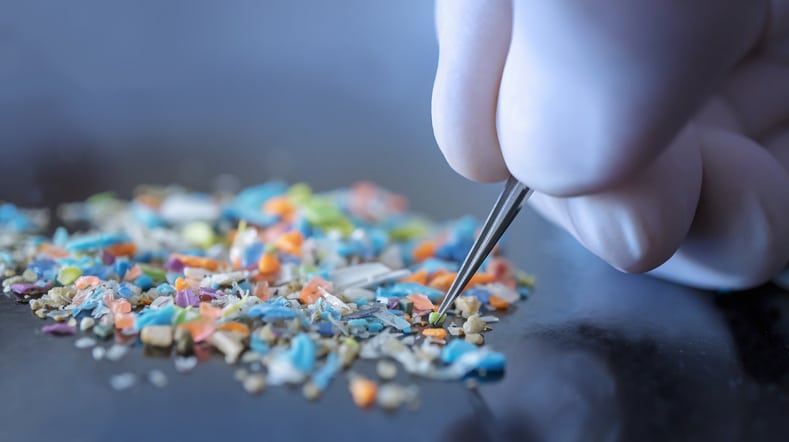Seed treatment is one of the fastest growing sectors in agriculture, but does the increase in usage mean more regulation is on the way?
The seed treatment sector is booming; in 2011 total seed treatment market revenues in North America was $1.1 billion and by 2016 that is projected to be $1.8 billion.
With the increased use and focus on seed treatment products, there has also been increased discussion throughout the country about these products with regards to bees and dust and regulation. The seed and ag chemical industries have been working with the U.S. Environmental Protection Agency with regards to seed treatments.
The American Seed Trade Association and CropLife America are cooperatively working to help EPA officials better understand seed treatment best management practices to ensure unnecessary regulations are not put in place. “Based on our conversations with EPA, the immediate next step for the agency is not to impose new regulations focused on seed treatments,” says Lisa Nichols, ASTA staff liaison to the Seed Treatment and Environment Committee.
Dust Off Debate
The biggest area of concern lies with the impact of dust off from treated seed. When a treated seed is agitated, it can produce a substantial amount of dust which is sometimes seen as a potential health and safety hazard.
The industry has developed a proposed statement for formulations that do not contain a dust reducing agent: “In order to minimize dust off and loss of active ingredient from treated seed, all corn seed treated with ‘Product X’ must receive an application of a dust-reducing agent. Contact ‘Company X’ for specific recommendations to help assure acceptability of the dust-reducing agent with respect to retention of active ingredient, seed germination and viability, and compatibility with other treatments that might be applied to the seed.”
There is also a proposed statement for formulations that do contain a dust reducing agent: “This product contains a dust reducing agent. No additional dust reducing agent is required if this product is applied on its own. Contact your ‘Company X’ representative when applying in combination with other seed applied materials.”
According to Greg Lamka, global senior manager of seed applied technologies for Pioneer Hi-Bred in Johnston, Iowa, the language is generally acceptable to EPA but they want to include an “approved list” of dust reducing agents. In addition, EPA has expressed an interest in an industry-developed good stewardship practices document.
Stewardship Practices
Therefore, in partnership with CLA, ASTA is in the process of developing a seed treatment stewardship guide, which will essentially touch on all aspects of seed applied technology and serve as a resource to communicate best practices across crops and treatment segments. “The seed treatment stewardship guide is designed to serve as wide-ranging resource of information on seed treatments,” Nichols says. “It covers topics from a general overview to safe handling and transport to application and storage.”
The guide is not yet complete, but is scheduled for publication early in 2013. According to Nichols, EPA recognizes industry efforts and continues to be engaged on the issue.
Dick Hagen and Julie McNabb












